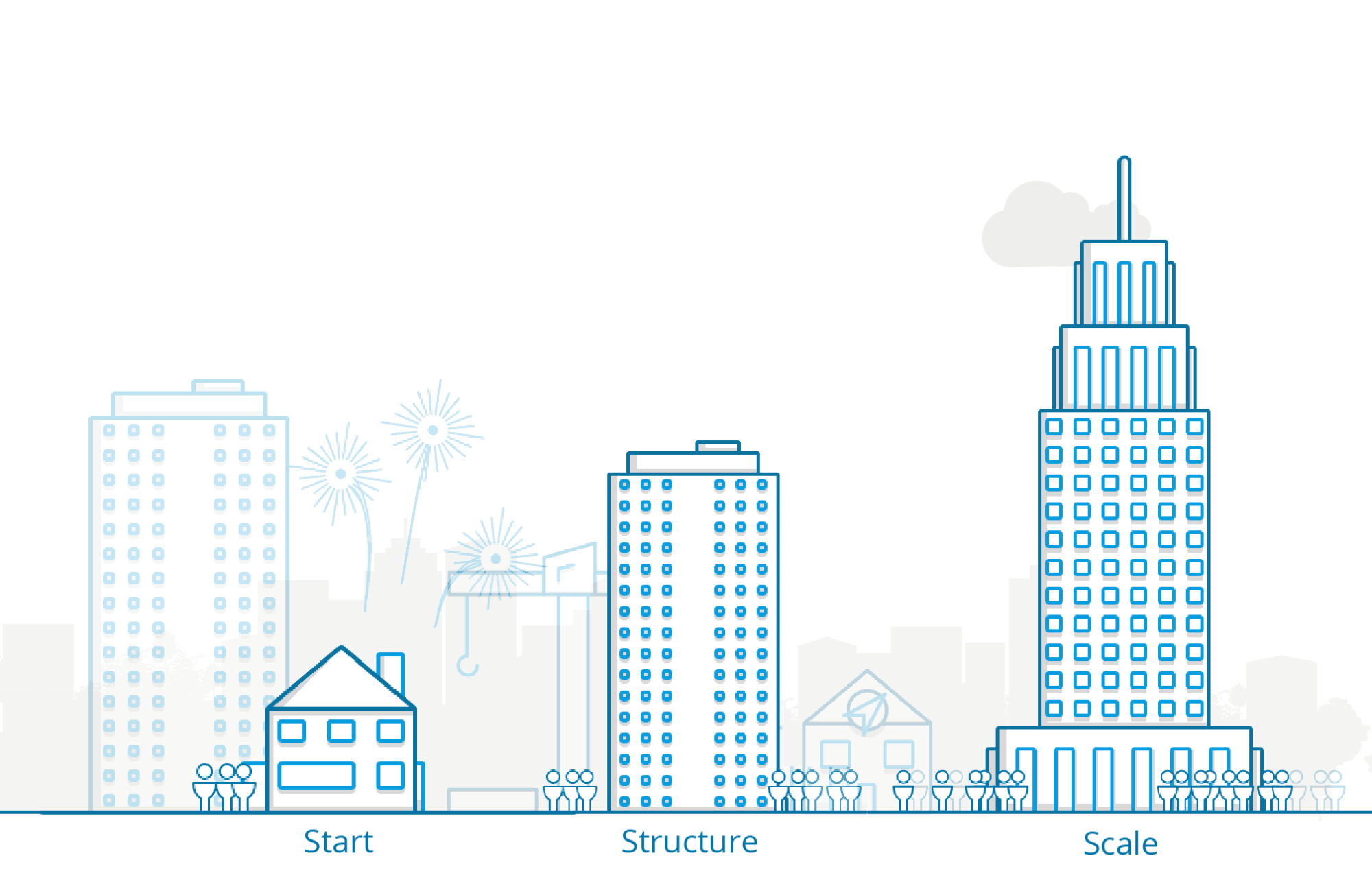The three biggest challenges of the structure phase, and how to address them
19 January 2024 • Blog

Working with low-code offers many benefits, but it is not a magic formula for success. Every organization faces challenges when low-code is used for their digital transformation. Thus, depending on the organization, the initial start-up phase can be very quick, or it can take a long time. Even the structure phase thereafter often requires customization to complete successfully. However, there are three challenges that almost every organization faces. What are these challenges and how do you solve them?
Challenge 1: Budgets
In traditional software development projects, the entire project budget is often predetermined. When organizations embark on low-code application development, that way of working changes to short, iterative sprints, rapid implementation and continuous improvements, making that way of budgeting unable to keep up with the speed of the new way of working.
Henry Kraaijenbos, partner at Bizzomate: “As with low-code application development, it is more effective to use agile working methods for budgeting as well, so that discussions about budgets are not a brake on your project. It sometimes causes discussions with the cfo, but if you budget on the outcome, rather than the trajectory you can put budget responsibility on the low-code team. They can work with this to get the best results from that budget as they see fit. By having the teams make their own adjustments without intervention and new discussions based on results achieved and feedback from the organization, you ensure that you maintain momentum and deliver value faster.”
Challenge 2: Planning
In traditional development projects, advance planning often involves detailed functional descriptions and a project plan that requires the approval of a variety of people in the organization. This often causes delays and is increasingly difficult to adjust as the project progresses.
Kraaijenbos: “It is important not to start with an all-encompassing schedule. Setting your milestones and prioritizing within them gives the team more flexibility and agility. This makes it easier and more manageable to keep a project on track, even if requirements change. This is important, because our experience shows that those requirements are always changing during a project.”
Challenge 3: Approval structures.
When working with changing requirements, it is important to set up the approval process so that it does not cause unnecessary delays. If it has to go over many disks, it usually takes a long time. This is manageable when only a few projects a year need approval, but when you suddenly start delivering monthly due to the speed of low-code it often causes serious problems.
Kraaijenbos: “There are many different ways to set up your processes for approval. Some organizations make a product owner responsible for this, while others place it with project managers or teams consisting of a mix of people from different departments. The important thing is to be clear up front about what guidelines the teams must follow in terms of architecture, governance and security, among other things. With that, you only need a business case to develop new applications. With a good structure, you thus create trust, which in turn helps to develop applications faster.”
Low-code offers a faster and more efficient way to build applications, but requires a new way of working in which some processes must be designed differently or even abandoned. Kraaijenbos: “Although many organizations will run into this in the structure phase, the advantages largely outweigh the disadvantages. The key word here is trust. It may take some time and fine-tuning to build this trust, but it is an essential part of the structure phase. This is because by giving trust to the execution team, you empower them to make the right decisions on their own to add the most value to your organization. That’s how you take full advantage of the speed and agility that working with low-code platforms brings.”




